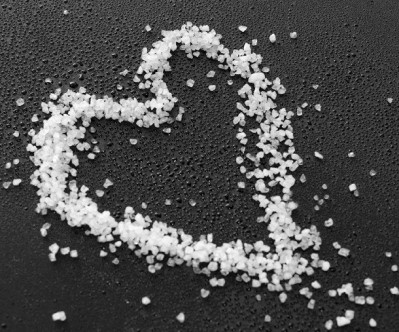Review shows steady US sodium consumption
Food manufacturers have been under increasing pressure to cut sodium from their products as Americans continue to consume far more than the recommended maximum of 2,300mg a day. Excessive sodium consumption has been repeatedly linked to hypertension, a risk factor for heart disease – and it is estimated that around 70 to 80 percent of US sodium intake comes from packaged foods.
However, this latest study suggests that sodium consumption has remained relatively constant in the United States since 1957, even as prevalence of hypertension has increased. They wrote that this is unsurprising, considering that “sodium intake is one of multiple etiologic factors in the development of hypertension”.
The researchers looked at urine sodium excretion data from 38 studies involving 26,271 individuals between 1957 and 2003. They found that sodium intake has remained constant during that time, has not decreased in recent years, and is well above current dietary guidelines. The mean sodium excretion across all the studies was 3,526mg – more than 50 percent above the current US recommendation, and more than twice the proposed 1,500mg limit being considered for inclusion in the 2010 Dietary Guidelines for Americans.
The authors noted that sodium consumption is just one of a number of factors linked to increased risk of heart disease, citing earlier research that claimed the biggest risk factors for hypertension are overweight and obesity, regular non-narcotic analgesic use, and physical inactivity, as well as not adhering to a low-sodium diet.
“Thus, despite the increase in processed foods in the US marketplace over the past 50y, total caloric imbalance and the resultant epidemic of obesity may be a more important determinant of the increased prevalence of hypertension than sodium intake,” they wrote.
About one third of the US population is overweight and a further third is obese, according to statistics from the Centers for Disease Control and Prevention, and rates of obesity have tripled in children and adolescents over the past 30 years.
The authors note that further research may be necessary to assess sodium consumption since 2003, as companies have continued to reformulate to slash sodium from foods.
According to the Grocery Manufacturers Association (GMA), which conducts regular surveys of 57 major companies regarding their reformulation efforts, respondent companies have reduced sodium in more than 3,000 products since 2002.
Source: American Journal of Clinical Nutrition
2010; 92:1172–80
“Trends in 24-h urinary sodium excretion in the United States, 1957–2003: a systematic review”
Authors: Adam M Bernstein and Walter C Willett
















